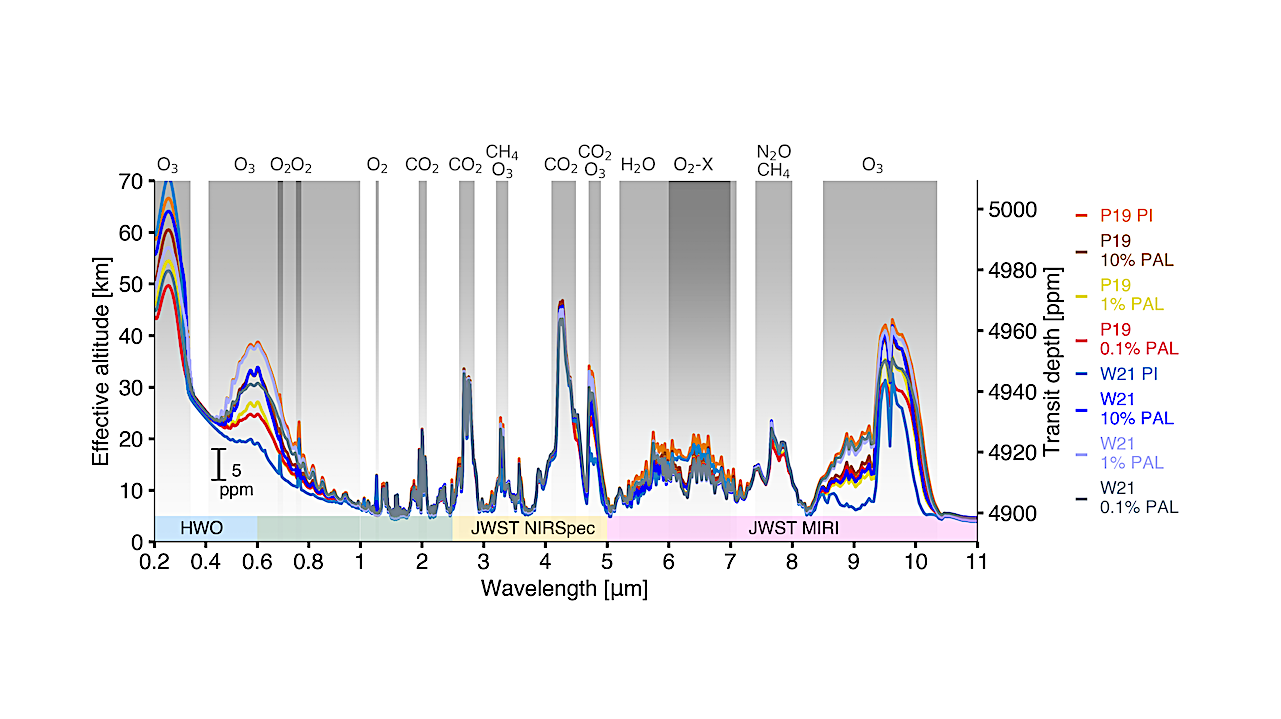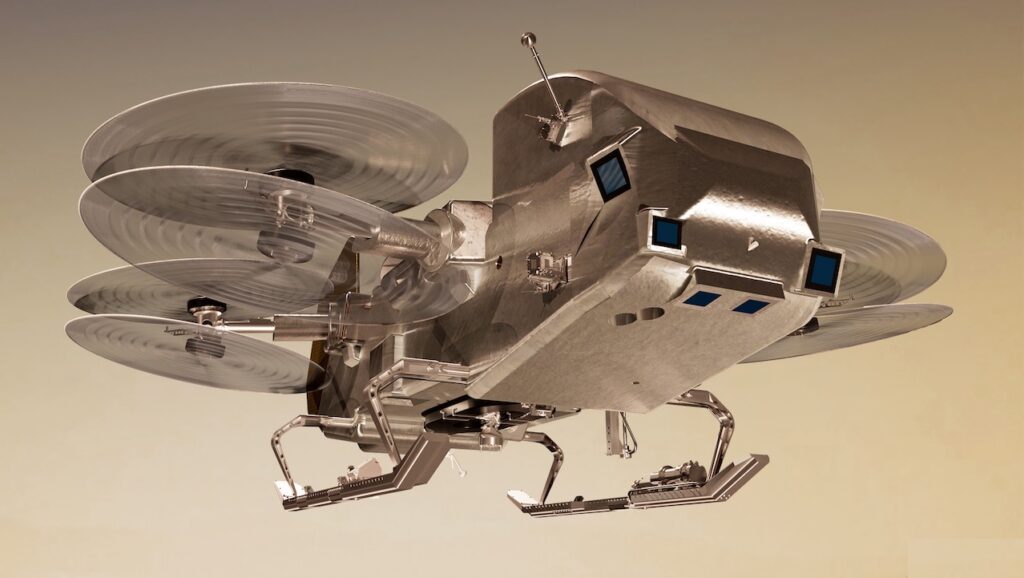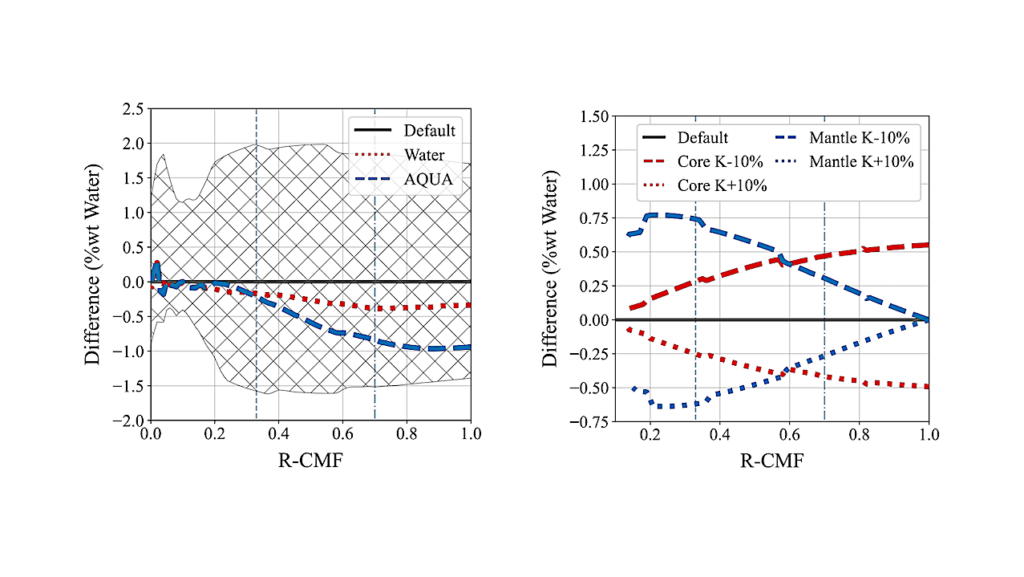Degenerate Interpretations Of O3 Spectral Features In Exoplanet Atmosphere Observations Due To Stellar UV Uncertainties: A 3D Case Study With TRAPPIST-1e

TRAPPIST-1e is a potentially habitable terrestrial exoplanet orbiting an ultra-cool M Dwarf star and is a key target for observations with the James Webb Space Telescope (JWST). One-dimensional photochemical modelling of terrestrial planetary atmospheres has shown the importance of the incoming stellar UV flux in modulating the concentration of chemical species, such as O3 and H2O.
In addition, three-dimensional (3D) modelling has demonstrated anisotropy in chemical abundances due to transport in tidally locked exoplanet simulations. We use the Whole Atmosphere Community Climate Model Version 6 (WACCM6), a 3D Earth System Model, to investigate how uncertainties in the incident UV flux, combined with transport, affect observational predictions for TRAPPIST-1e (assuming an initial Earth-like atmospheric composition).
We use two semi-empirical stellar spectra for TRAPPIST-1 from the literature. The UV flux ratio between them can be as large as a factor of 5000 in some wavelength bins. Consequently, the photochemically-produced total O3 columns differ by a factor of 26. Spectral features of O3 in both transmission and emission spectra vary between these simulations (e.g. differences of 19 km in transmission spectra effective altitude for O3 at 0.6 μm).
This leads to potential ambiguities when interpreting observations, including overlap with scenarios that assume alternative O2 concentrations. Hence, to achieve robust interpretations of terrestrial exoplanetary spectra, characterisation of the UV spectra of their host stars is critical. In the absence of such stellar measurements, atmospheric context can still be gained from other spectral features (e.g. H2O), or by comparing direct imaging and transmission spectra in conjunction.
Gregory Cooke (1, 2), Dan Marsh (1), Catherine Walsh (1), Allison Youngblood (3), ((1) School of Physics and Astronomy, University of Leeds, UK, (2) Institute of Astronomy, University of Cambridge, UK, (3) NASA Goddard Space Flight Center, Solar System Exploration Division, USA)
Comments: 20 pages, 11 figures, accepted in ApJ
Subjects: Earth and Planetary Astrophysics (astro-ph.EP); Solar and Stellar Astrophysics (astro-ph.SR)
Cite as: arXiv:2309.15239 [astro-ph.EP] (or arXiv:2309.15239v1 [astro-ph.EP] for this version)
Submission history
From: Gregory Cooke
[v1] Tue, 26 Sep 2023 20:05:40 UTC (7,260 KB)
https://arxiv.org/abs/2309.15239
Astrobiology








